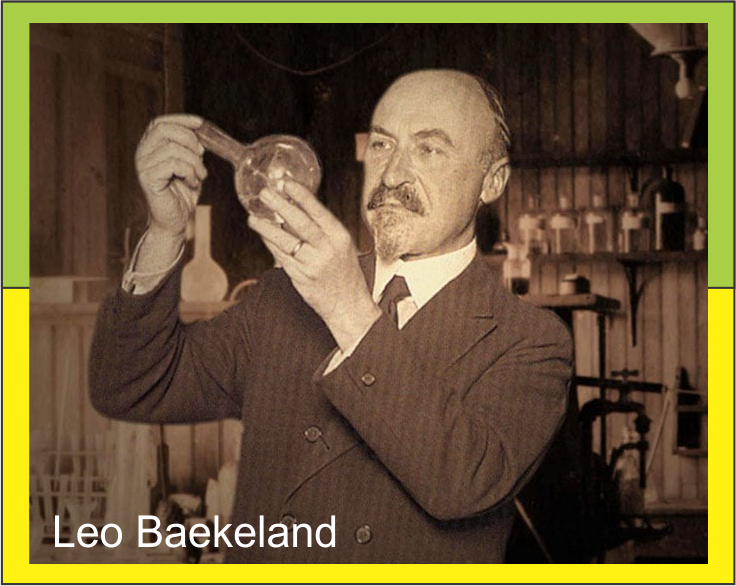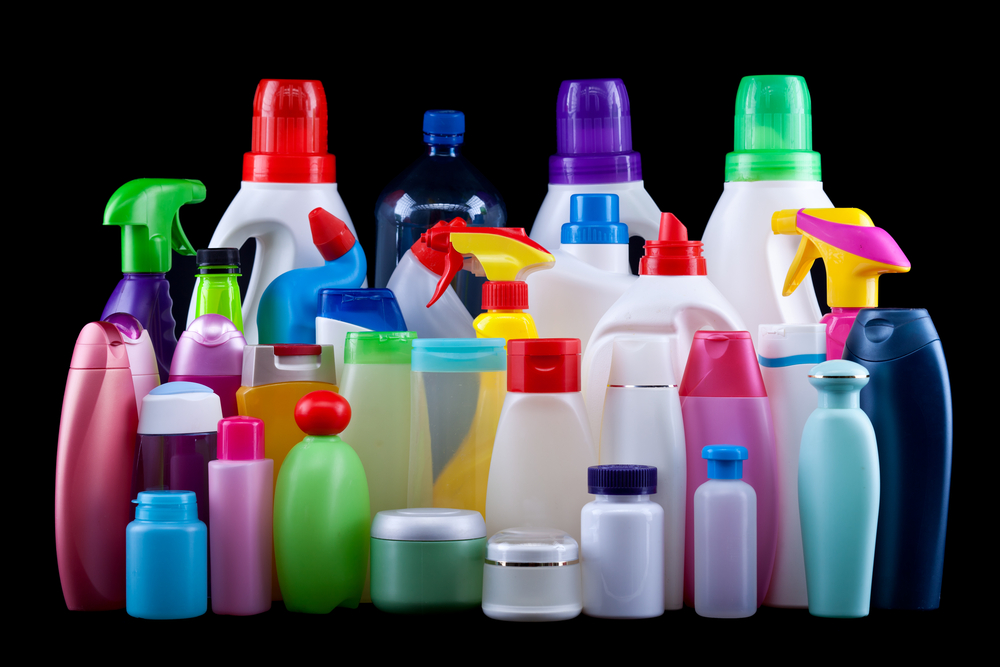Introduction to plastic
Plastic is an integral part of our daily lives, surrounding us in various forms. But have you ever wondered about its origins, its versatile applications, and the environmental challenges it poses? In this comprehensive article, we will delve into the history of plastic, its diverse uses, and the hazards it presents to our environment. By the end, you’ll have a clear understanding of how plastic has shaped our world and what we can do to address its impact.

The Inventor and the Birth of Plastic
Plastic, a material so integral to our lives, had a humble beginning. The credit for inventing the first synthetic plastic goes to Belgian chemist Leo Baekeland, who in 1907 introduced Bakelite to the world. Bakelite was revolutionary because it was the first plastic that could retain its shape and strength even after being heated. This property made it ideal for a wide range of applications, from electrical insulators to telephones.
The Versatile Applications of Plastic

Plastic’s remarkable adaptability has led to its extensive use across a multitude of industries. Here are some of the most common types of plastic and their diverse applications:
- Polyethylene (PE): Found in plastic bags, bottles, and even toys due to its flexibility and durability.
- Polypropylene (PP): Used in car parts, medical equipment, and textiles due to its resistance to heat and chemicals.
Polyvinyl Chloride (PVC): Employed in pipes, cables, and flooring due to its exceptional durability and insulation properties. - Polystyrene (PS): Commonly seen in disposable plates, cups, and packaging due to its lightweight and insulating characteristics.
- Polyethylene Terephthalate (PET): Used for beverage bottles, food containers, and clothing due to its transparency and strength.
- Nylon: Popular in clothing, carpets, and industrial applications due to its high strength and resilience.
- Polyurethane (PU): Used in foam mattresses, footwear, and insulation for its comfort and insulating qualities.
- Polycarbonate (PC): Seen in eyeglass lenses, CDs/DVDs, and safety gear due to its clarity, toughness, and impact resistance.
Environmental Hazards Associated with Plastic
While plastic has revolutionized industries and brought convenience to our lives, its long-lasting properties have given rise to significant environmental concerns:
- Persistence and Accumulation: Plastics can take hundreds of years to decompose, leading to the accumulation of plastic waste in landfills, oceans, and ecosystems.
- Microplastics: As larger plastic items break down, they form tiny particles known as microplastics, which can enter the food chain and impact marine life and human health.
- Ocean Pollution: Millions of tons of plastic waste find their way into oceans each year, causing harm to marine animals through ingestion and entanglement.
- Greenhouse Gas Emissions: The production and incineration of plastic contribute to greenhouse gas emissions, exacerbating global climate change.
- Toxic Chemicals: Some plastics release harmful chemicals when exposed to heat or sunlight, potentially contaminating food and water sources.
Efforts to mitigate the negative environmental impacts of plastic consumption are essential for a sustainable future:
- Reduce, Reuse, Recycle: Encouraging the adoption of the three Rs can significantly reduce plastic waste and its associated environmental harm.
- Bioplastics and Sustainable Materials: The development of bioplastics made from renewable resources can help decrease our reliance on fossil fuels and mitigate plastic pollution.
- Innovation and Alternatives: Exploring innovative solutions such as mushroom-based packaging, algae-derived plastics, and other eco-friendly materials.
- Regulations and Bans: Implementing policies and regulations that target single-use plastics and promote responsible plastic waste management.
- Educational Campaigns: Raising awareness about the impact of plastic on the environment and promoting sustainable choices among consumers.
Conclusion
Plastic’s journey from its invention by Leo Baekeland to its global ubiquity is a testament to human innovation and adaptability. However, the environmental challenges posed by plastic waste cannot be ignored. By understanding the origins of plastic, its myriad uses, and the environmental hazards it presents, we can collectively work towards a more sustainable future. As individuals, communities, and societies, we have the power to make conscious choices that reduce our plastic consumption, promote recycling, and support innovative solutions, ensuring that the impact of plastic on our environment is minimized for generations to come.


